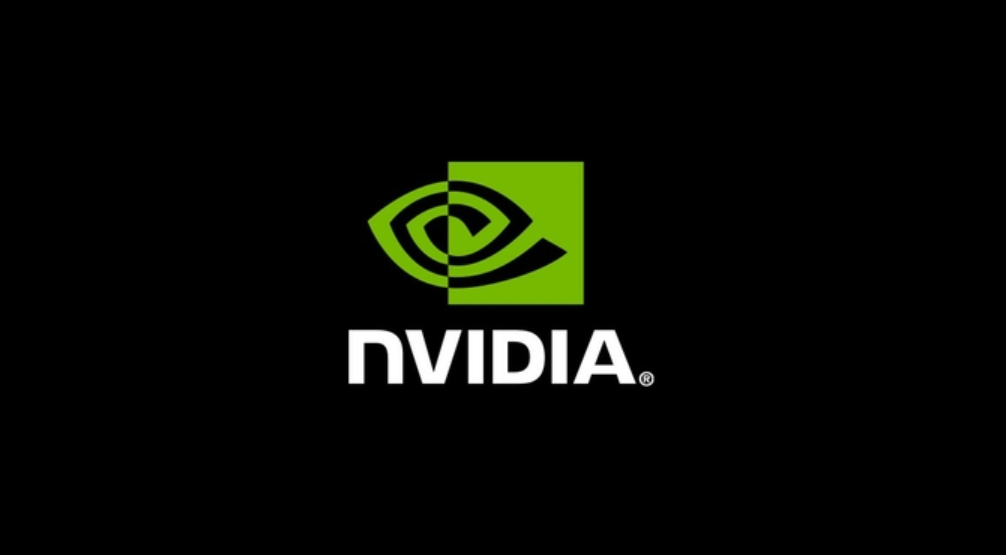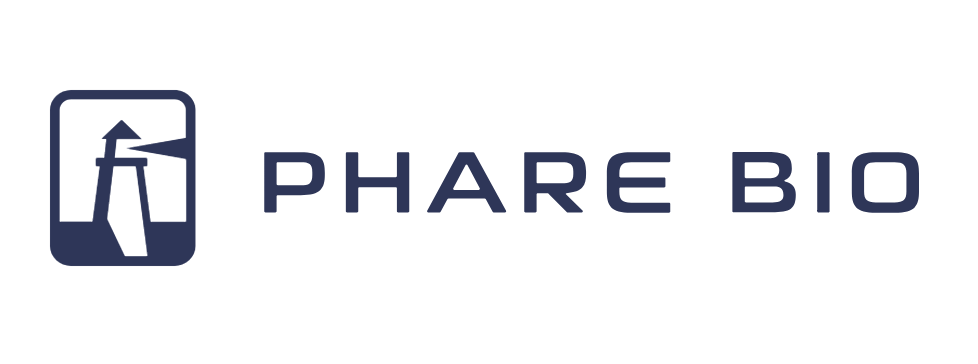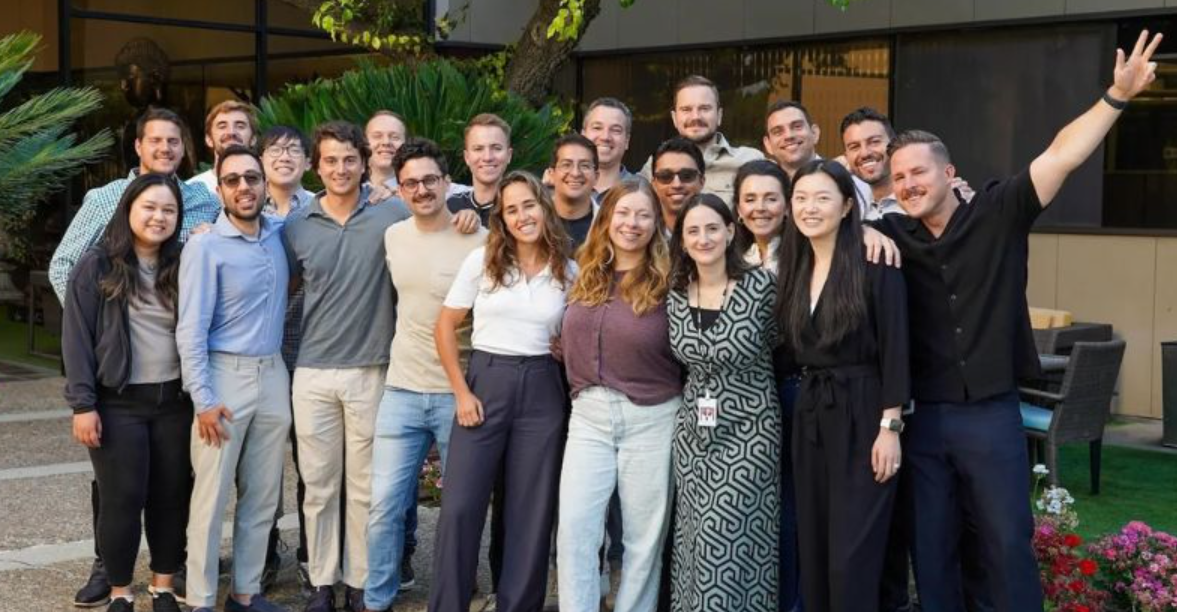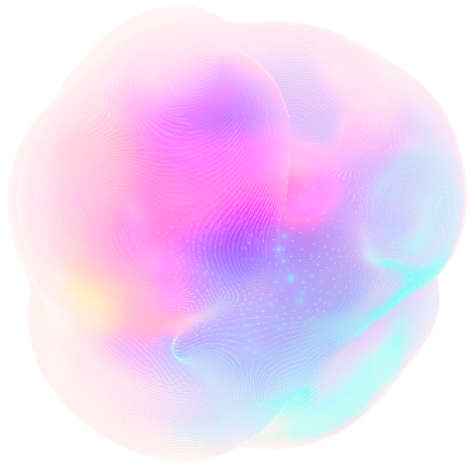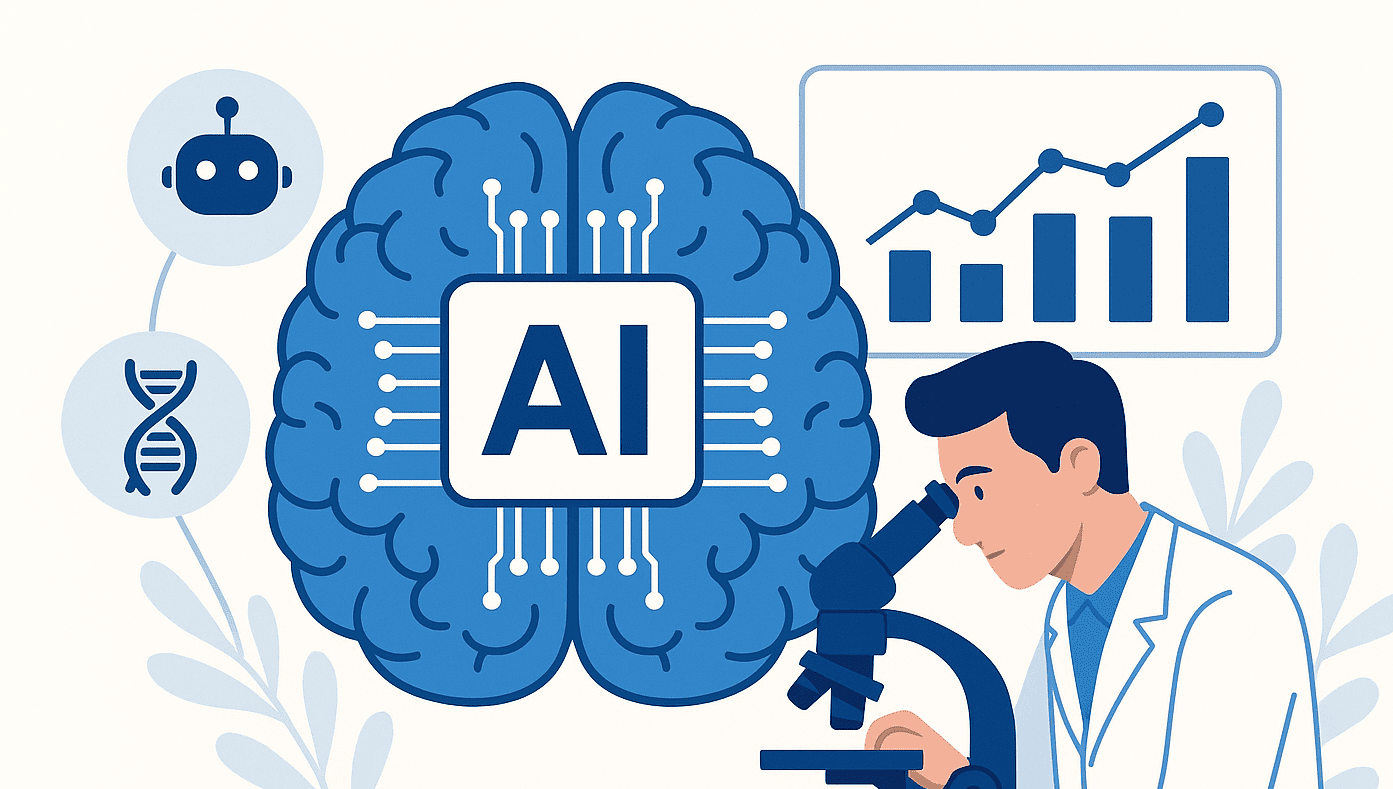Insider Brief
- OpenAI’s o1 model redefines artificial intelligence by achieving human-level reasoning in specific domains, demonstrating AI’s growing ability to handle complex tasks with strategic adaptability.
- At the core of o1’s success is reinforcement learning, using a sophisticated reward system to refine decision-making, prioritizing both accurate outcomes and strategic processes.
- While o1 showcases advanced capabilities like iterative learning and real-time adaptability, challenges such as computational demands, reward design, and generalization remain critical hurdles for its broader application.
OpenAI has introduced o1, a model that redefines artificial intelligence’s capabilities by exceeding human-level reasoning in some subjects and in select domains. According to many experts, the introduction of 01 marks a pivotal step in the evolution of AI, showcasing how machines can approach intricate tasks with deliberation, adaptability, and strategic foresight—qualities once considered uniquely human.
At the core of o1’s success is reinforcement learning (RL), a methodology celebrated for its versatility and rigor but often regarded as challenging to scale. A recent investigation, detailed by a team of Chinese researchers in an ArXiv study, unpack how RL serves as the cornerstone of o1’s ability to excel across complex subjects, topics and problem spaces. By iteratively learning through feedback, o1 refines its decision-making processes to rival the expertise of professionals in various fields, tackling challenges that demand a deep understanding of context and nuance.
The team suggests that AI systems, like OpenAI’s o1, are beginning to reason and problem-solve with a level of thoughtfulness that’s closer to humans — and that could pave the way for machines to assist in complex, real-world decision-making across various fields.
The following breaks down this study to get a better look at how the researchers created a framework for o1-level performance.
Laying the Groundwork: Policy Initialization
o1’s journey begins with policy initialization, a foundational phase where the model undergoes extensive pre-training on a vast corpus of data, according to the researchers. This phase equips o1 with essential knowledge of language, world concepts, and initial reasoning capabilities. Analogous to the early stages of human education, policy initialization builds a strong base that can then be layered with advanced learning.
The team writes in the paper: “Training an LLM from scratch using reinforcement learning is exceptionally challenging due to its vast action space. Fortunately, we can leverage extensive internet data to pre-train a language model, establishing a potent initial policy model capable of generating fluent language outputs.”
Instruction fine-tuning follows, refining the model’s capacity to respond effectively to specific prompts. This step is akin to focused mentorship, where a student transitions from general knowledge acquisition to mastering specialized skills. Through this two-stage preparation, o1 achieves a level of foundational competence that enables it to engage with more complex tasks during its reinforcement learning phase.
Rewards as Guidance
o1’s reasoning ability is shaped by a sophisticated reward system integral to reinforcement learning. Rewards serve as feedback, guiding the model towards optimal behavior. Researchers employ two main types of rewards: outcome-based and process-based. Outcome-based rewards focus on achieving correct answers, while process-based rewards evaluate the steps leading to those answers.
Of the two, process rewards are more difficult to implement, the team suggests.
“Although process rewards show promise, they are more challenging to learn than outcome rewards,” they write. “For instance, the reward design in Lightman et al. (2024) depends on human annotators, making it costly and difficult to scale.”
While there are limitations, the researchers report this dual approach allows o1 to prioritize both accuracy and the strategic pathways required to achieve it.
Reward shaping enhances the model’s learning by converting sparse feedback into richer, more actionable signals. For example, instead of merely signaling success or failure at the end of a task, intermediate steps are rewarded to encourage iterative improvements. This approach not only accelerates learning but also fosters a deeper understanding of problem-solving strategies, enabling o1 to operate effectively even in scenarios with ambiguous or incomplete information.

The Power of Search: Exploring Possibilities
A key feature of o1’s architecture is its ability to explore multiple solutions through search mechanisms. Techniques such as Monte Carlo Tree Search (MCTS) and Best-of-N (BoN) sampling enable the model to simulate and evaluate a variety of potential strategies before selecting the most promising one. This capability mirrors the decision-making processes of human experts, who often deliberate over multiple options before committing to a course of action.
What sets o1 apart is its capacity to integrate search into both its training and test phases. During training, search data informs the model’s policy updates, ensuring that each iteration incorporates lessons from previously explored scenarios. At test time, o1 can dynamically adapt its reasoning to novel situations by re-evaluating its options in real-time. This adaptability makes o1 particularly well-suited for tasks requiring flexibility and strategic recalibration.
The team writes: “The two key aspects of search are the guiding signals for the search and the search strategies to get candidate solutions. Search strategies are used to obtain candidate solutions or actions, while guiding signals are used to make selections. We first discuss the guiding signals for the search process, dividing them into internal and external guidance.”
Iterative Learning: Continuous Improvement
o1’s learning process is iterative, drawing on advanced optimization techniques such as Proximal Policy Optimization (PPO) and Direct Policy Optimization (DPO). These methods enable the model to refine its policies based on data generated during search. Importantly, o1 learns not only from successful outcomes but also from suboptimal ones, gaining insights from its mistakes much like humans do.
This iterative approach ensures that o1’s decision-making capabilities continuously evolve, allowing it to tackle increasingly complex challenges over time. By leveraging all available data—optimal and non-optimal alike—o1 develops a richer, more comprehensive understanding of its task environment, positioning it as a versatile tool for real-world problem-solving.
Challenges in Scaling o1
Despite its impressive capabilities, o1’s development is not without hurdles, the team suggests. One major challenge lies in the computational demands of its advanced search mechanisms. Employing extensive search during both training and testing phases requires significant resources, raising questions about the scalability of this approach for broader applications.
Another challenge is reward design. Creating rewards that are both effective and generalizable across diverse tasks remains a complex problem. Researchers must ensure that the rewards provided encourage behaviors that align with desired outcomes without introducing unintended biases.
Additionally, distribution shifts in off-policy learning scenarios pose a significant risk. These shifts occur when the data used for training does not perfectly align with the policy being learned, potentially leading to suboptimal performance. Addressing this issue will be critical to ensuring o1’s reliability in real-world settings.
Future Directions and the Potential of World Models
For o1 to transition from a controlled research environment to practical applications, the development of a generalized “world model” is essential.
The team defines the world model as: “When a simulator of the real environment is established, the agent can interact with the world model rather than directly with the environment. The world model plays a vital role in both training and testing the agent. During training, interacting with the world model is more efficient than direct interaction with the environment. During testing, the agent can leverage the world model for planning or searching, identifying the optimal strategy before executing actions in the real environment. Without a world model, it is impossible for the model to perform search or planning, as the real environment is not time-reversible. For example, in the game of Go, once a move is made, it cannot be undone.”
The team also discussed future directions for the system.
Adapting o1 to General Domains:
- A general reward model is essential for adapting o1 to diverse tasks. For reasoning tasks, standard answers enable the training of outcome reward models, which can be refined using process reward shaping techniques.
- For non-reasoning tasks, obtaining outcome rewards is challenging; feedback-based methods or inverse reinforcement learning from expert data can address this gap.
Introducing Multiple Modalities to o1:
- Aligning text with other modalities, such as images, poses a significant challenge, especially with long chains of thought (CoT). Integrating image data into the CoT improves fine-grained connections but also increases inference latency.
- Continuous representations may replace textual and modality-specific data to manage CoT length and improve processing efficiency.
Learning and Searching with a World Model:
- OpenAI’s roadmap to AGI consists of five stages, with o1 achieving stage 2 by demonstrating expert-level reasoning capabilities.
- The next goal for o1 is to advance to stage 3, becoming an agent capable of taking actions and solving tasks in real-world environments.
The researchers suggests that the power of o1’s development is virtually untapped and could extend far beyond these initial technical achievements. By demonstrating the potential for AI to reason and plan at expert levels, o1 opens the door to applications in fields as varied as healthcare, finance, education, and scientific research. Its ability to navigate complex problem spaces hints at a future where AI not only supports human decision-making but also collaborates as an equal partner.
However, realizing this vision will require addressing the challenges outlined above while continuing to refine o1’s architecture and capabilities. The focus must also shift towards ensuring that AI systems like o1 are deployed ethically and responsibly, with safeguards in place to prevent misuse.
The study was conducted by a team of researchers including Zhiyuan Zeng, Qinyuan Cheng, Zhangyue Yin, Bo Wang, Shimin Li, Xuanjing Huang, and Xipeng Qiu from Fudan University, along with Yunhua Zhou and Qipeng Guo from the Shanghai AI Laboratory.
Pre-print servers are not officially peer-reviewed, a key step of the scientific process. Researchers use the pre-prints as a way to gain feedback quicker before official publication and can serve as a deeper dive into the material than a summary article like this article can provide. For a more technical look, please read the paper on arXiv.

